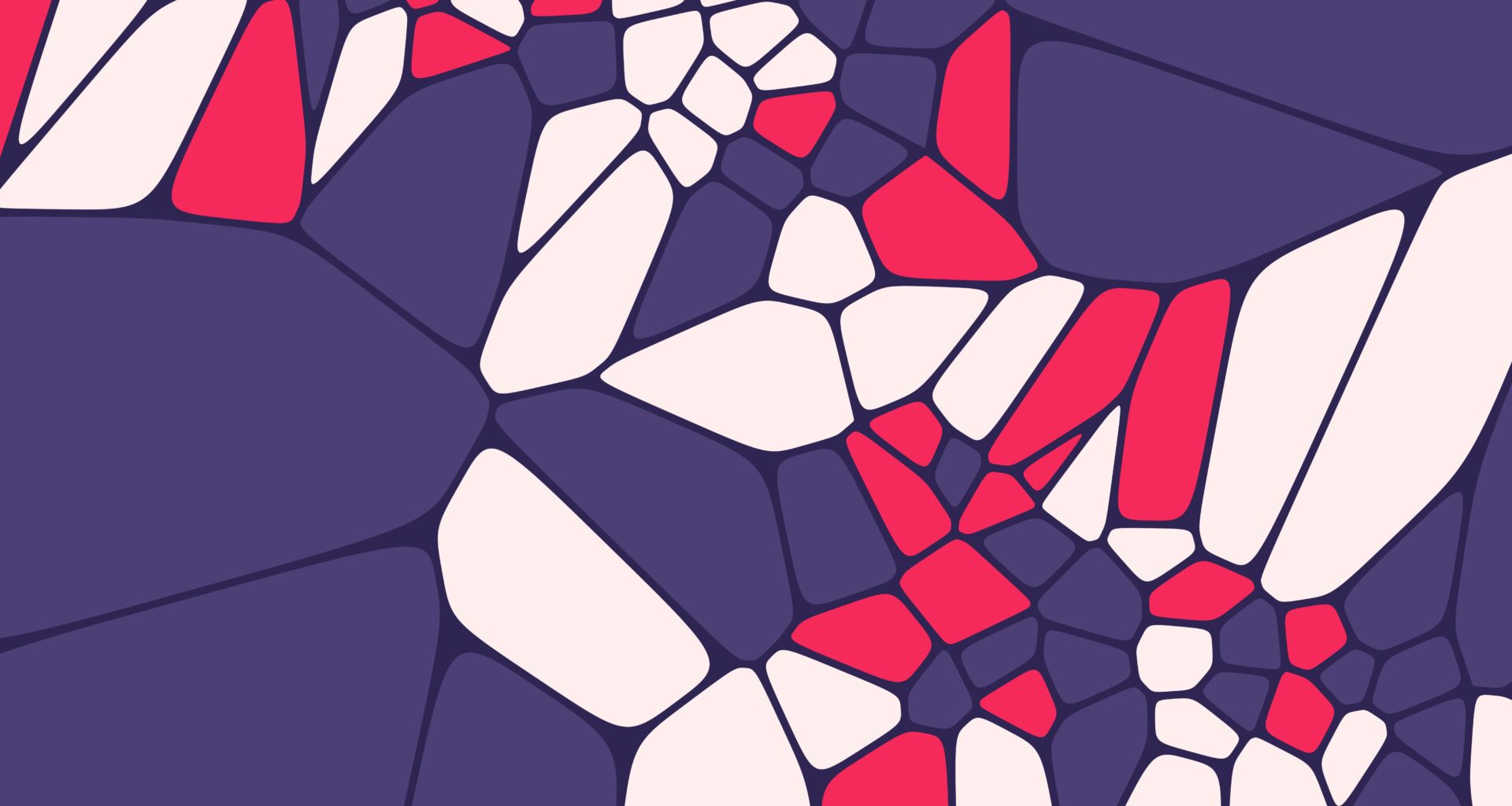Polygon is a next-generation blockchain platform that aims to provide a more scalable and cost-effective solution for building decentralized applications (dApps) and tokenizing assets. The platform is built on top of Ethereum and utilizes a technique called “layer 2 scaling,” which allows for faster and cheaper transactions without sacrificing security or decentralization.
One of the key features of Polygon is its modular design, which allows developers to choose the best scaling solution for their dApp. The platform includes a variety of layer 2 scaling solutions, such as Plasma, Optimistic Rollups, and ZK-Rollups, which can be used to improve the speed and efficiency of transactions. This allows developers to customize their dApp to their specific needs, which can result in faster and more cost-effective transactions.
Another important feature of Polygon is its support for multiple programming languages, which makes it more accessible to developers with different backgrounds and skillsets. The platform supports languages such as Solidity, Rust, and Go, which allows developers to build and deploy their dApps using the language they are most comfortable with.
Polygon also has its own cryptocurrency, called MATIC, which is used to pay for transaction fees on the network. The value of MATIC is correlated with the overall usage and adoption of the Polygon network. As the network grows and more dApps are built on it, the value of MATIC is expected to increase.
In conclusion, Polygon is a next-generation blockchain platform that aims to provide a more scalable and cost-effective solution for building decentralised applications (dApps) and tokenising assets. It is built on top of Ethereum and utilises a technique called “layer 2 scaling,” which allows for faster and cheaper transactions without sacrificing security or decentralisation. The platform has a modular design, and it supports multiple programming languages, making it more accessible to developers. It also has its own cryptocurrency, called MATIC, which is used to pay for transaction fees on the network. As the network grows and more dApps are built on it, the value of MATIC is expected to increase.







